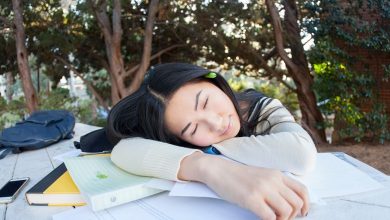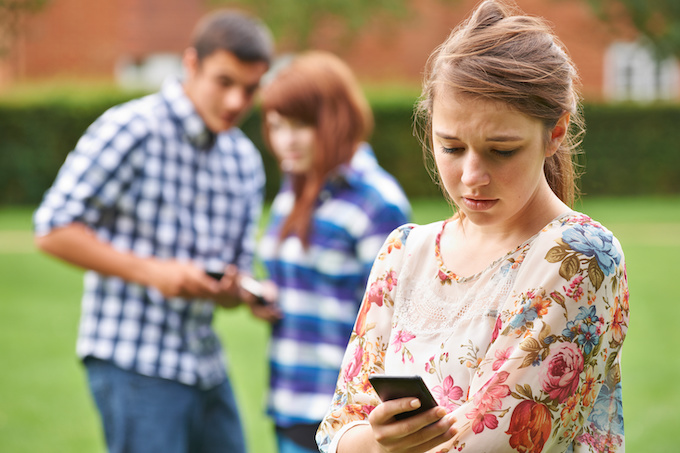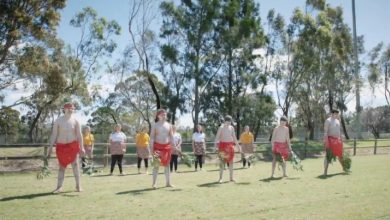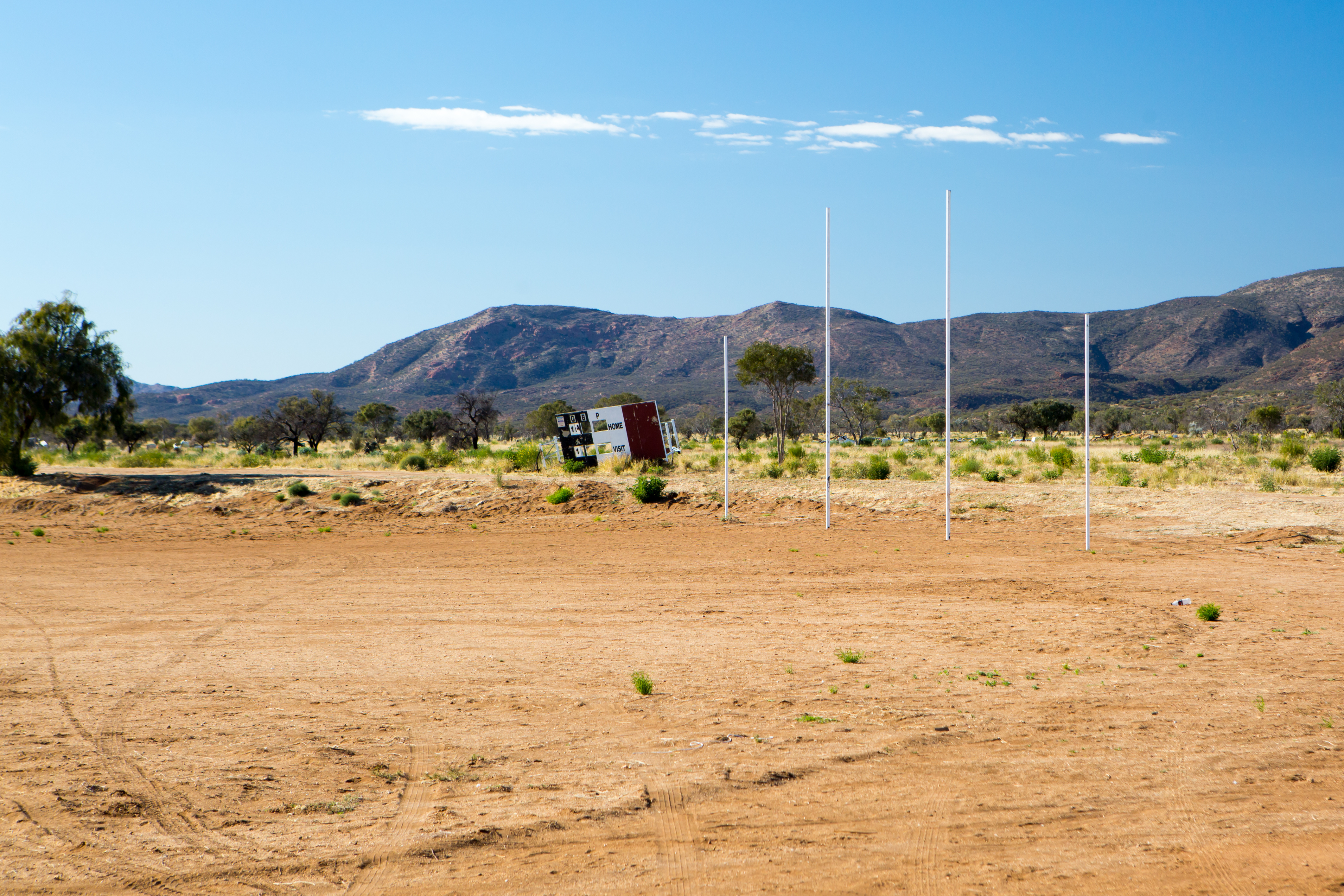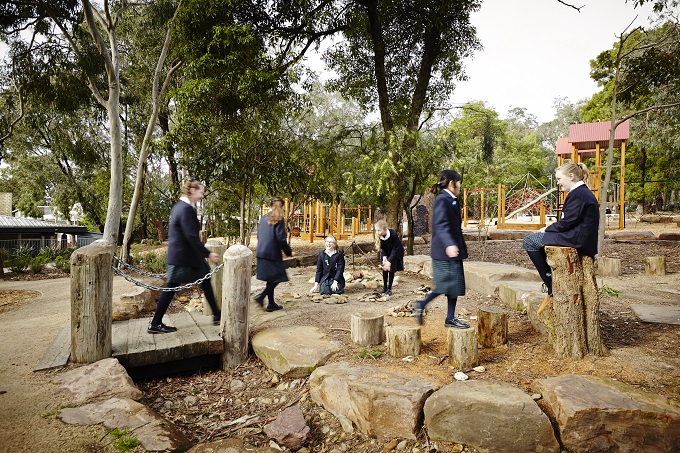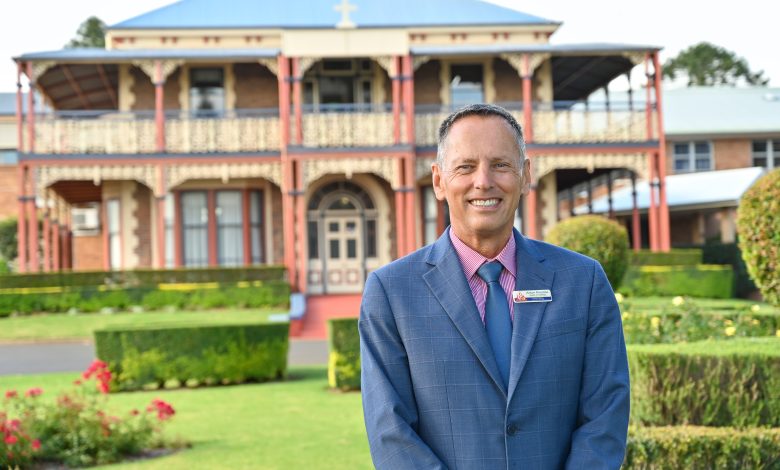
Concordia Lutheran College is a growing Prep to Year 12 College of 675 students. The College also offers Year 7 to12 boarding and operates two locally managed Early Learning Centres.
The highest priority of the College Council and Leadership Team has been to ensure that Concordia provides our students and their families with the best possible learning experiences, outcomes and environments. The focus of our Master Plan is not only new buildings but to provide an environment that fosters the best possible learning opportunities for our students.
Read the latest print edition of School News HERE
Our most recently completed MMG Survey with the College’s parents, students and staff also confirmed the need to upgrade and update our current General Learning Spaces as a priority.
Concordia currently operates a three-campus model which cannot ensure future sustainability due to the duplication of services and a lack of operational efficiencies. Reducing to a Master Planned two campus College will allow Concordia to have modern facilities and resources attracting and retaining enrolments, remaining competitive and viable in the local market as well as reducing current operational and maintenance costs.
Stage 1 and 2 of our Master Plan will see Concordia construct a new state-of-the-art Prep to Year 6 Junior College precinct on our main campus as well as a new Early Learning and OSHC Centre.
Pedagogical change within the College is and has been an important factor when building these new learning facilities. Concordia has, over the past four years, strategically embarked on implementing a Contemporary Learning philosophy and framework. New educational facilities will allow for and reflect purpose designed facilities to allow for the implementation of innovative learning approaches such as Project Based Learning [PBL].
The College has been deliberate in ensuring that our pedagogy and learning philosophy needs to be imbedded and thriving for these new learning spaces to be utilised to their full capacity.
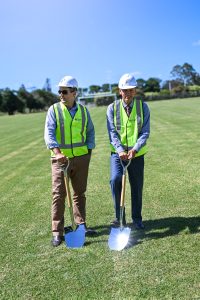
Investing in new education facilities will help create more innovative learning environments that encourage exploration, problem-solving, creativity, mobility as well as hands-on learning and collaboration—a philosophy of all spaces are learning spaces.
Up-to-date facilities will also provide the necessary resources for teachers to introduce new and innovative approaches to teaching and learning. In essence, flexible working, learning and seating arrangements both in the learning spaces and outside, allow students to form their own “micro and macro climates” where they can exercise control over the physical and mental conditions in which they learn best. These learning opportunities will house multiple activities to utilise multiple zones for either five, 10, 20, 50 or even 90 students at any given time.
Building new education facilities for our growing student population is an important step in ensuring that our students receive the best possible learning opportunities. These new educational facilities will create more opportunities for all students to engage in hands-on learning activities, this includes students with disabilities as well as our First Nations students.
The Master Plan and educational brief have been developed in collaboration with all stakeholders and are guided by the Strategic Plan, surveys, communiques and workshops with staff, students and parents.
Both the Strategic Plan and Annual Plan explicitly highlight the intentional co-planning, revisiting and reviewing of our learning philosophy over the next number of years to ensure that the growth and improvement of Concordia’s infrastructure complements and supports our Vision statement of Inspiring Lifelong Learners, Critical Thinkers and Caring Citizens in a Christian Community.
The College has undertaken a deliberate and strategic journey of introducing Visible Learning, underpinned by the work and research of Professor John Hattie, and has now embraced Project Based Learning [PBL] as the next step on this learning journey.
All teaching staff have been immersed in rich Professional Development opportunities, across both learning disciplines as per our Contemporary Learning timeline and Strategic Plan. The aforementioned timeline and plan mean that the College has invested in adequate time and resourcing for quality professional development for all our teaching staff. This Professional Development has and continues to include in-house as well as external [Contemporary Learning Study Tours] professional development opportunities to build on and understand the implementation and operations of these modern learning spaces.
Right from the outset we have been intentional in implementing and understanding the pedagogy which underpins inquiry learning before investing in the “bricks and mortar” to support this learning. This is a professional learning timeline which has been implemented strategically to maintain and grow mastery for our staff.
Concordia Lutheran College already has a robust formative and summative assessment process which will continue to be implemented and built on to measure the success of our students’ “learning and living” journey during their time with us. The tracking, monitoring and scaffolding of our students’ Literacy, Numeracy and Wellbeing journeys will remain an explicit focus in the Junior College to ensure a seamless transition as well as allowing consistency in expectations and support into high school.
Supporting quality teaching and professional learning remain a strategic focus for Concordia. Both our Strategic and Annual Plans reflect the commitment of the College towards building and maintaining a vibrant and relevant teaching and learning philosophy.
This is captured in the Learning and Teaching component of our Strategic Plan as well as the continuation of our Professional Growth Framework which was introduced for all staff in 2023.
We are excitedly looking forward as a learning community to the journey ahead and embracing these future endeavours as we merge “Three histories into one future”.

